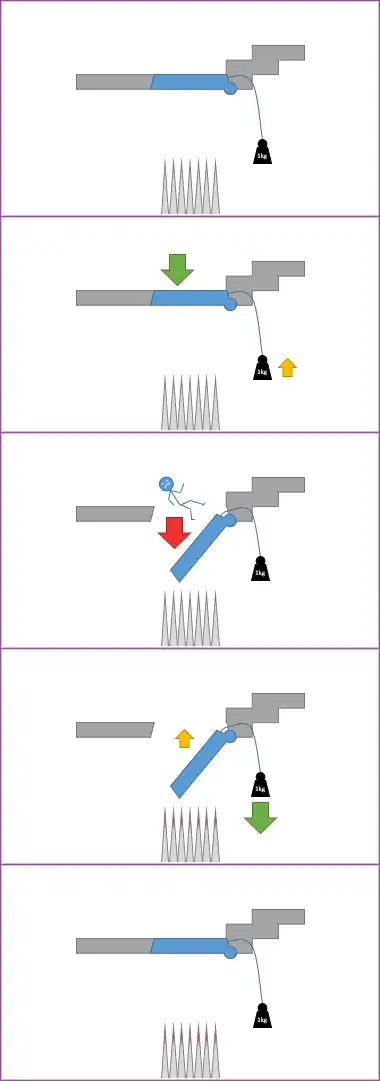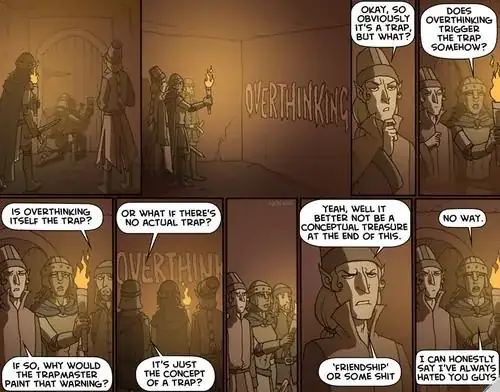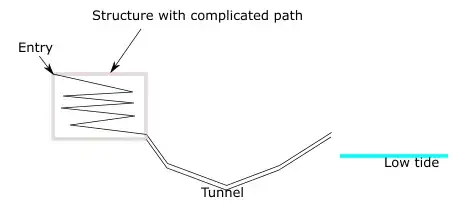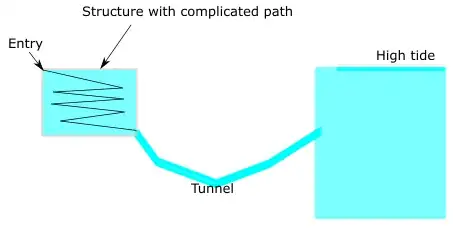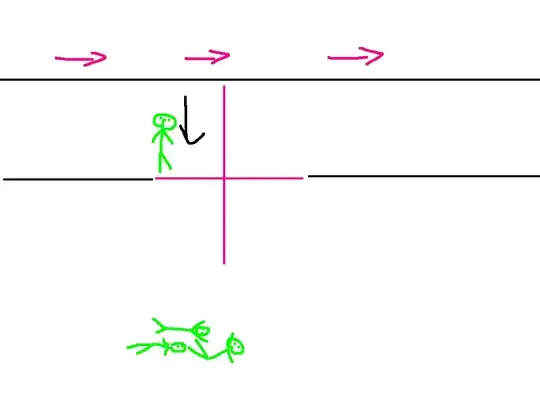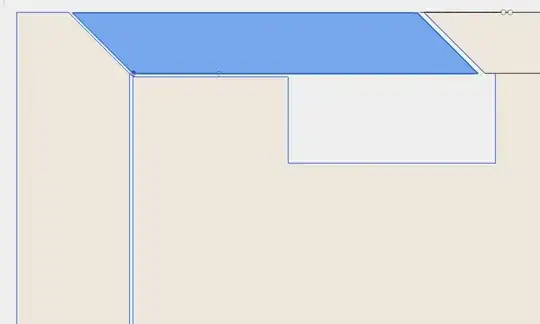A: Curtains dusted with cyanide powder. Moving through them puts cyanide dust in the air. If you use the right fabric, probably get a dozen uses.
B: Sealed bottles labeled "Ambrosia of the Gods" Contents are something like ethylene glycol (tastes sweet) and lead acetate (also sweet.) And of course alcohol. The beverage is designed to taste sweet. Nearby you have the food of the gods, which is salty enough that it encourages people to drink. (Glycol has been used in wine to make it taste better with lethal results.)
C: If air circulation can be restricted enough, a heavy gas such as per-fluorbutane or sulfur hexafluoride. Both are non-toxic, oderless, stable gasses that are several times heavier than air. A smothering gas is wonderful for this, as it doesn't interfere with breathing. You don't feel any distress because you can still get rid of CO2 easily. But over the course of about 5 breaths, you no longer have any O2 in our blood. But you've passed out.
Scenario. A set of stairs that descend down one side of the chasm and climb the far side.
"I smell a trap! Let me go first." Walks down the stairs. Gets about 10 steps down, and keels over. His two companions rush forward. Join the unconscious. After a minute the heart stops. After 6 more, brain death.
The downside of this one is the litter of bones on the first landing.
You can also use this a fill gas for any room with an airtight door. Works especially well if the room is at the bottom of a stair. In any case the room should have several times the volume of the ante-room as you might get a situation where the bottom 3 feet is unbreathable, while the top air is fine.
C: The ruins are underground, and very level. There is 3 feet of water everywhere. You venture in, but it's a slog. There are too many restricted places to use boats. You hike in, and realize there is no place to lie down to sleep. And you're lost.
D: Natural syphons. At some high place there is a lake. There is a cavern that connects to the lake in a gooseneck, such that the top of the gooseneck is below the max height of the lake. When the lake level rises above the top of the goosneck, the syphon starts, and floods the ruins.
Downsides: Once figured out, you only have to be out before the lake gets that full. But also means that the interesting bits of underground city gets soggy periodically.
